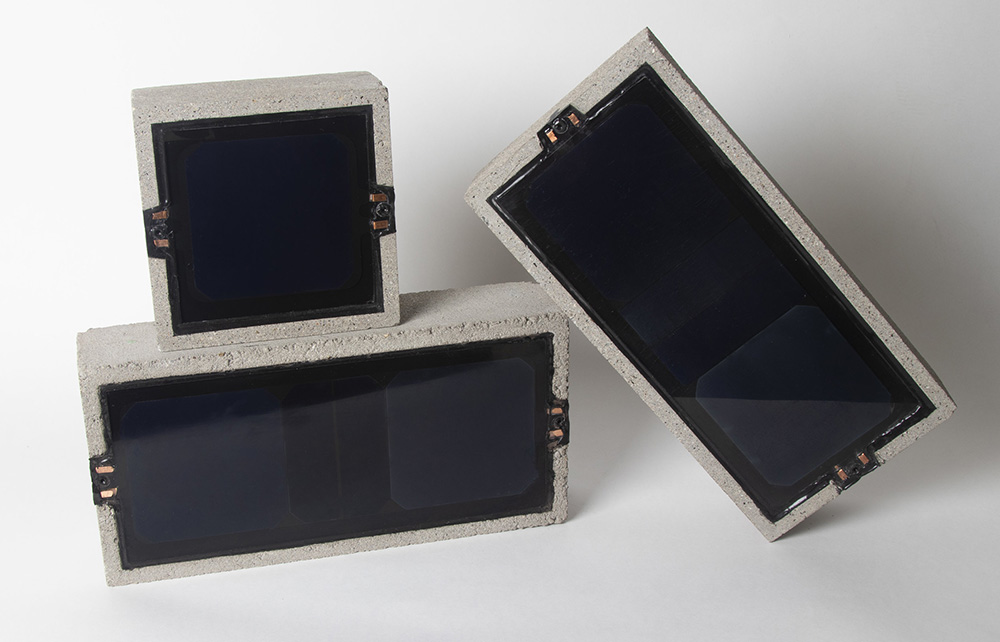Summertime energy bills: What are demand charges and why are they so expensive? - by John Mosher

“Summertime and the livin’ is easy” goes the classic song by the Gershwin brothers. However, business owners know this isn’t the case when it comes to energy bills.
Contrary to the song, summer is when our energy grid is often under the most strain, particularly on hot, humid afternoons when air conditioners are consuming a lot of power. Grid operators need to be able to meet this extra demand, which means they need additional standby power to step-in when the demand is high. This has required us to build a system that has a lot of extra capacity and that is expensive. Listed below are several important aspects that are important for understanding how demand charges work and what you can do to lower them.
• Spikes in energy consumption can drive your “Demand Charge” upward.
Utility companies adjust their rate structures to charge their customers for the maximum amount of power (used each month), ostensibly to discourage peaks across the system. This is known as a demand charge - where the utility assesses the peak usage each month for a given period of time (often in 15 minute intervals) and then adjusts their rates accordingly. This cost has been growing in recent years and in certain territories can approach 70% of a customer’s total monthly bill. (insert some number on $/KWH). In fact, Massachusetts has some of the highest demand charges in the country.
• Lowering peak usage is possible, but it doesn’t always mesh with business priorities
In the past, customers have been somewhat limited in how they can manage their peak usage. Industrial companies can shut down operations or manufacturing lines and commercial entities can adjust temperatures in stores and offices during times of day when electricity costs are at a peak, however these measures don’t always line up with a company’s business priorities.
• Storage reduces demand and gives energy consumers flexibility in running their operations.
A less intrusive solution to mitigating peak usage is solar energy, and more specifically, solar paired with an energy storage system. By now, many businesses know the benefits of solar in saving money and reducing emissions, but solar has the added benefit of producing more energy when the sun is most intense, often correlating with the times of peak demand. By adding a storage system to solar, companies can capture extra power when their demand is low and then use that power to offset their peak usage - dramatically reducing demand charges and energy bills.
• Storage and storage plus solar can add profit to your bottom line!
Many states, recognize the cost saving benefits of energy storage systems and are building programs to help spread their adoption. Massachusetts has set a recent goal of 200 MW of installed energy storage by 2020. We believe that goal is a bit conservative and we’ll likely see wider adoption of storage across the region and the rest of the country. For many companies, storage projects offer compelling rates of return today, and when businesses realize they can reduce their demand charges through storage solutions, the market is bound to take off.
So perhaps the Gershwin brothers song was right, and summertime can be easy!
John Mosher is vice president of energy solutions at Solect Energy, Hopkinton, Mass.
Bridgeport implements energy efficiency plan with utility partners and regional business council








.png)